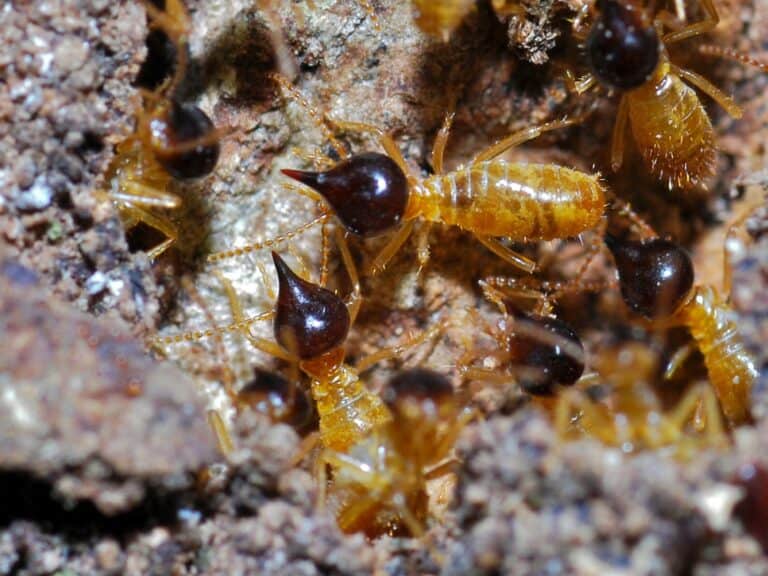Argentine Ants Information
Appearance:
Argentine ants are approximately 1/8” in length. They are brown or black in color.
Location & Behavior Patterns:
This type of ant is known for overpowering other ants and taking over the established nests that other ants have created. They can be found in lawns and in homes all throughout Florida, and they have proven to be one of the most difficult ants to control. They have the ability to build super-colonies, by blending several of their individual colonies together; sometimes their colonies are so massive that they may expand over several properties.
The nests of the Argentine ant are relatively shallow. The ants are drawn to moist conditions or places where their nests can be protected. They are often found in mulch beds, underneath debris that is on the ground, and along the base of foundations. They enter a home through cracks in the foundation, usually.
How to Identify Argentine Ant
Argentine ants measure only around 1/8 to 1/10 of inch, with brown bodies that can range from light to dark in coloring. These ants have large mandibles and are known for the musty odor they emit when disturbed or crushed. The biggest indicator, however, is the size and behavior of the colony. Huge colonies of the ants will move in large trails, leaving behind small deposits of food to ensure the same areas aren’t covered twice.
Problems they Cause
The biggest problem that Argentine ants cause – aside from the nuisance of unsightly swarms – is that they can contaminate food. These ants prefer sweets, but will eat just about anything they come across, including fats, meat, and eggs. If food is left out, the ants will move over it and devour what they can, leaving it unsafe for human consumption.
Seasonality
Florida’s mild weather means that Argentine ants are active year-round. While these ants prefer damp environments, they may seek shelter indoors during rainy seasons. They will also do this during very dry times.
Treatment:
Because Argentine ants can have such massive super-colonies, they can be very challenging to control. Professionals often find that the treatment is not a one-time service, but is an ongoing process that requires identification, finding the location of the ants, and placing the proper bait for them to find. Argentine ants are not harmful to people or property, but they are definitely a nuisance for some people.











